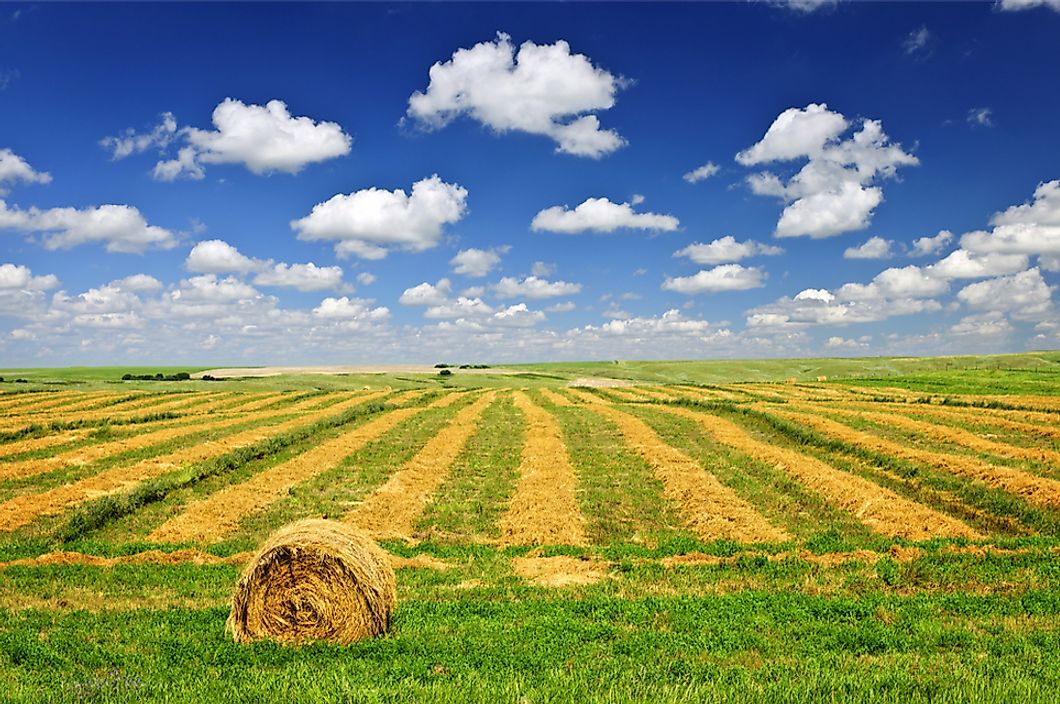How Many Canadian Provinces/Territories Are Landlocked?

Canada is a country located in the northernmost regions of North America, where it covers a total area of 3.85 million square miles. The nation is bordered to the west by the Pacific Ocean, to the north by the Arctic Ocean, and to the east by the Atlantic Ocean. Politically, Canada is divided into ten provinces and three territories. The vast majority of these areas have long coastlines, giving the country easy access to the ocean. Two Canadian provinces, however, are landlocked: Alberta and Saskatchewan.
Alberta
The province of Alberta is located in the western region of the country and covers a total area of 255,541 square miles. It shares borders with the Northwest Territories, British Columbia, Saskatchewan, and the US state of Montana. The province has a population size of approximately 4,067,175, which is the fourth largest in Canada. Edmonton, the capital of Alberta, is located in the central region of the province. The most populated city, however, is Calgary.
Prior to European settlement, Alberta was home to a large population of indigenous tribes. In the latter half of the 17th century, it was controlled by the Hudson’s Bay Company, which has a monopoly on the fur trade throughout the region. Alberta was previously part of the Northwest Territories, but officially became a province in September 1905. The economy of Alberta largely relies on the petroleum industry, as well as the agriculture and technology industries. It is considered one of the strongest economies in the world and even experienced growth in 2015 in the face of decreasing oil prices.
Saskatchewan
The province of Saskatchewan is located in the central region of the country and covers a total area of 251,700 square miles. A large percentage of this area is covered by bodies of freshwater and the province is home to approximately 100,000 lakes. It shares borders with Nunavut, the Northwest Territories, Manitoba, Alberta, and the US states of North Dakota and Montana. This province has a population size of around 1,098,352. The capital of Saskatchewan is Regina, although Saskatoon is recognized as the province's most populated city.
By the late 18th century, the Hudson’s Bay Company extended into Saskatchewan and established a fur trading settlement. Previously, the area had only been inhabited by indigenous peoples. Like Alberta, Saskatchewan also became a province in September 1905, and was previously a part of the Northwest Territories. The province's economy relies on agricultural production, natural resource extraction, and energy sectors. Interestingly, Saskatchewan is most noteworthy for its unique type of government, as the province is the first in North America to follow a social democratic framework, which was first established in 1944. In the early 1990s, the provincial government provided financial compensation to the indigenous tribes of the region for the land that was lost during the colonial era.











